Metal detecting is a fascinating hobby and a valuable practice in various industries, from archaeology to security. Understanding the capabilities of these devices, particularly how deep they can detect metal objects, is crucial for anyone interested in using them effectively.
This article delves into the depths of metal detection technology, exploring the factors that influence a detector's reach beneath the surface.
Key Takeaways:
- The depth at which a metal detector can detect objects is influenced by several factors, including the detector's technology, the size and type of the object, and the ground conditions.
- Specialized metal detectors using technologies like pulse induction or multi frequency can detect deeper targets.
- Ground balancing and using the appropriate search coil can significantly improve a detector's performance in locating deep targets.
Understanding Metal Detector Technology
Metal detectors operate by transmitting an electromagnetic field into the ground and analyzing the signal that bounces back from any metal objects. The depth at which metal detectors detect is largely determined by the strength of this electromagnetic field and the sensitivity of the detector's receiver.
Most metal detectors use very low frequency (VLF) technology, which is suitable for finding objects at moderate depths.
The Role of Search Coils in Detection Depth
The detector's search coil plays a pivotal role in how deep a metal detector can detect. Larger coils can generate a broader electromagnetic field, allowing for deeper penetration into the ground.
Conversely, smaller search coils are better for detecting small targets at shallower depths. Coiled wires within the search coil can also affect the detection depth, with double D coils often providing better depth than concentric coils.
Impact of Ground Conditions on Metal Detection
Ground conditions can significantly affect a metal detector's ability to detect deep targets. Highly mineralized soils can cause false signals and reduce detection depth.
Ground balancing is a feature that allows metal detectors to adjust for ground mineralization, improving the chances of detecting deeper objects. Ground penetrating radar is another technology that can complement metal detectors in challenging ground conditions.
Metal Detector Depth and Object Size
The size of the object being detected is directly proportional to the metal detector depth. Larger objects create a bigger disruption in the electromagnetic field, making them easier to detect at greater depths.
Conversely, small search coils are more effective at finding smaller objects, which may not be detected as deeply as larger items.

Frequency Matters: Single vs. Multi Frequency Technology
The operating frequency of a metal detector can affect its depth capabilities. Lower frequencies are generally better for detecting large metal objects at greater depths, while higher frequencies are more sensitive to small or less conductive metals.
Multi frequency metal detectors offer the versatility to detect metals at various depths and sizes by using multiple frequencies simultaneously.
Specialized Metal Detectors for Deeper Targets
Specialized metal detectors, such as pulse induction detectors and deep seeking metal detectors, are designed to detect large metal objects at significant depths.
These detectors can ignore ground mineralization and focus on the target, making them ideal for treasure hunting and locating deep targets.
Electromagnetic Interference and Detection Depth
Electromagnetic interference from power lines, electronic devices, and other metal detectors can affect a metal detector's performance. To maximize depth, it's important to minimize interference and use a metal detector with good filtering capabilities.
Ground Balance: Enhancing Detector's Performance Ground balance is a critical feature that can significantly enhance a metal detector's ability to distinguish between treasure and false signals. Many metal detectors come equipped with automatic or manual ground balance settings, allowing users to adjust their device according to the mineralization of the soil.
This adjustment reduces the likelihood of the detector picking up on irrelevant mineral content, which can lead to more accurate detection of metals. By fine-tuning the ground balance, treasure hunters can improve their chances of finding deeply buried objects that might otherwise be missed.
The concept of ground balance is particularly important when using a pulse induction detector, which is designed for environments with high mineralization, such as saltwater beaches or gold-bearing ground.
A well-balanced detector minimizes the ground's response, allowing the pulse induction technology to focus on the detection of highly conductive metals.
This means that a deep seeking metal detector with proper ground balance can detect small targets at greater depths, making it an invaluable tool for serious metal detecting enthusiasts.
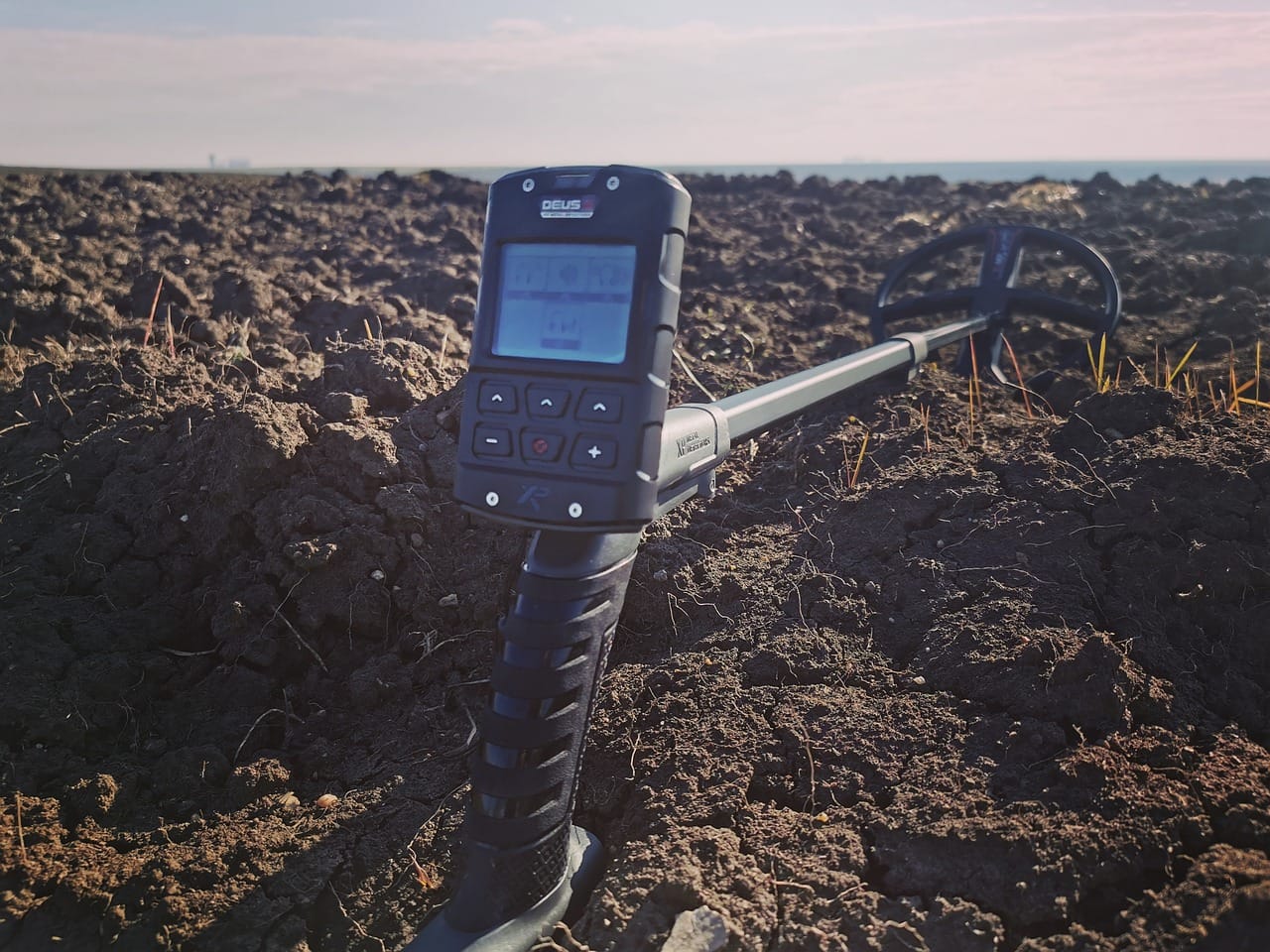
Coil Size and Shape: Tailoring Your Search When it comes to metal detectors, the size and shape of the detector's search coil can greatly influence its sensitivity and overall performance.
Medium search coils, often referred to as mid-range or medium sized search coils, offer a good balance between detecting small targets and covering a larger surface area. These coils are versatile and can be used in a variety of settings, making them a popular choice among hobbyists and professionals alike.
On the other hand, large search coils are designed to scan deeper and cover more ground, but they may miss smaller items that a medium coil could detect.
The shape of the search coil also plays a role in a detector's efficacy. For instance, double d coil designs, which are often rectangular search coils, are known for their excellent ground coverage and depth.
They can be particularly useful in areas with high levels of trash, as they help to differentiate between valuable items and junk. Conversely, smaller or more specialized shapes, like the sniper coil, are adept at navigating tight spaces and are excellent for areas with lots of metal debris.
By choosing the right coil, detectorists can tailor their search to the specific conditions they're facing, optimizing their chances of unearthing hidden treasures.
Metal Detector's Ability to Discriminate Targets
Have you ever wondered how a metal detector decides whether to beep for a gold ring or ignore a soda can tab? This is where a metal detector's ability to discriminate between different types of metal comes into play.
Discrimination is a crucial feature that allows treasure hunters to focus on valuable finds and skip over trash. By analyzing the conductivity of a target and comparing it to preset levels, detectors can give users a good idea of what lies beneath the soil before they start digging.
However, discrimination isn't foolproof. Factors such as the orientation of the object, its proximity to other metals, or even the type of soil can affect the metal detector's ability to correctly identify a target.
This is where the detector's sensitivity and the user's experience come into play. A seasoned detectorist will know how to tweak the settings for optimal performance, reducing the number of false positives and ensuring that when the metal detector beeps, it's for a good reason.
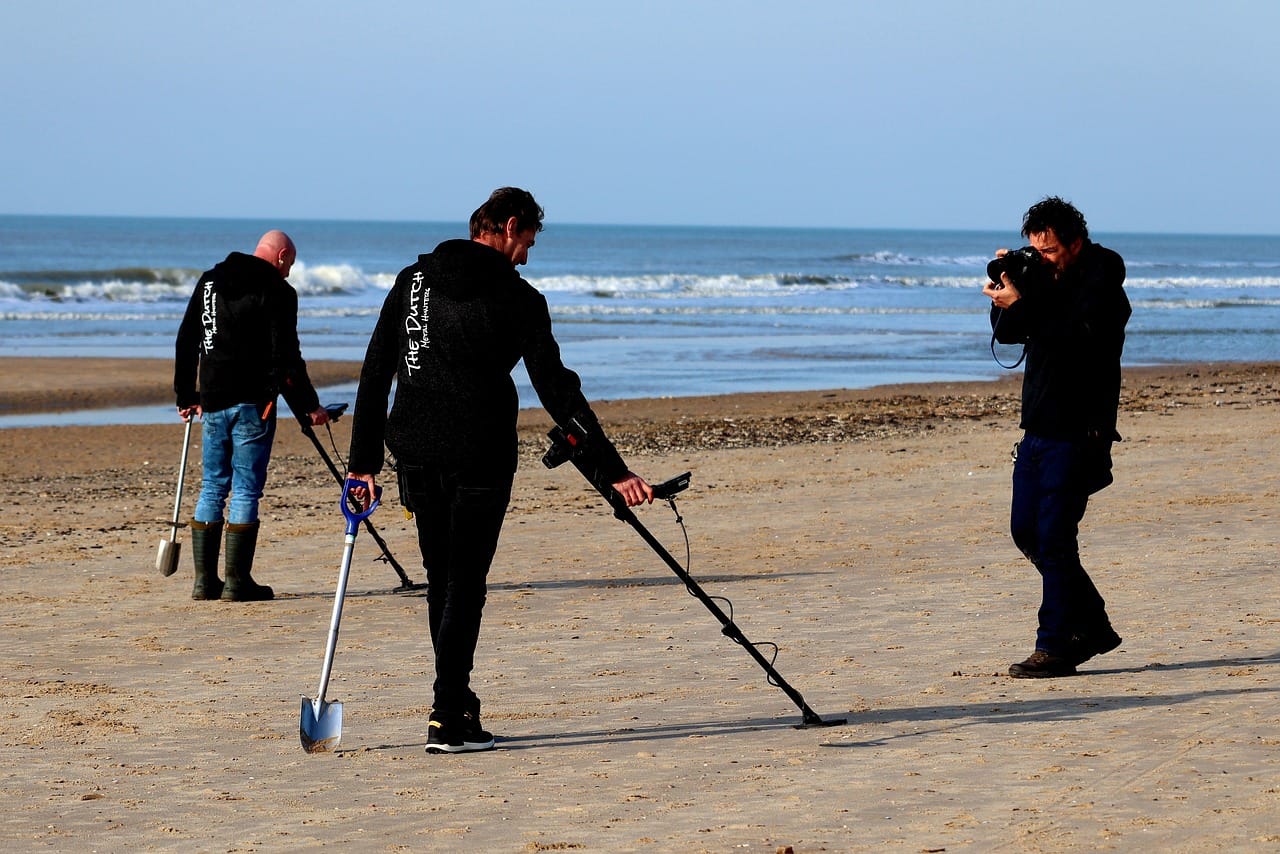
The Significance of the Detector's Search Coil Design
When it comes to a metal detector's ability to uncover hidden treasures, the design of the detector's search coil plays a pivotal role. A medium-sized search coil, for instance, offers a balanced approach to sensitivity and coverage area. It's nimble enough to detect smaller items while still providing a decent scan range.
This makes it an excellent choice for hobbyists who are looking for a versatile tool that can handle a variety of environments. Whether scouring a local park or exploring an old battlefield, the right search coil design can make all the difference in a successful hunt.
Moreover, the shape of the search coil can influence a detector's performance. The most common shapes are circular and elliptical, with each offering its own advantages.
Circular coils tend to provide more depth and are better for open areas where you can sweep widely. Elliptical coils, on the other hand, can be more effective in tight spaces and are adept at separating targets in trashy areas.
Choosing the right shape and size of the search coil is crucial for optimizing your metal detecting experience and increasing your chances of finding something truly valuable.
The Versatility of Medium Sized Search Coils
When it comes to the metal detector's ability to uncover hidden treasures, the size of the detector's search coil plays a pivotal role. Medium sized search coils strike a balance between coverage area and sensitivity, making them versatile for a variety of hunting scenarios.
They are large enough to cover significant ground quickly, yet small enough to offer improved target separation and maneuverability in tight spaces. This makes them ideal for detecting in areas with moderate levels of trash or where precision is key.
Moreover, a medium sized search coil can profoundly influence a detector's performance. It's an excellent choice for hobbyists who want to transition smoothly between different terrains, such as moving from open fields to more cluttered, metal-rich environments.
The size of the coil affects the depth at which the detector can identify objects, with medium coils often providing a well-rounded depth range suitable for most commonly sought-after items like coins, jewelry, and relics.

Enhancing Detector's Sensitivity and Performance
Detectors sensitivity is a crucial factor that can mean the difference between finding a relic or walking right past it. Sensitivity settings allow the metal detector to pick up on the faintest signals from potential targets, which is especially important when searching for small or deeply buried items.
Adjusting the sensitivity can help to mitigate the effects of mineralized soils and other challenging conditions, thereby enhancing the detector's performance.
However, it's important to balance sensitivity with the detector's ability to discriminate between valuable items and unwanted trash. Too high sensitivity might lead to an overwhelming amount of false signals, while too low may cause you to miss out on finds.
A mid-range metal detector typically offers a good range of sensitivity settings that can be fine-tuned to suit the conditions of your search area.
By understanding and adjusting these settings, detectorists can maximize their chances of success without being inundated by false alarms.
Single Frequency vs. Adjustable Frequency: Tailoring Your Search
The debate between using a single frequency EM wave or an adjustable frequency in metal detecting is ongoing. Single frequency detectors are often more straightforward and user-friendly, making them a solid choice for beginners.
They operate at a fixed frequency that is generally well-suited for a range of metal types and soil conditions. However, they may not offer the versatility required for more challenging environments or for detecting a wider variety of metal types.
For those just starting out or on a budget, a single frequency metal detector can be a great entry point into the hobby.
On the flip side, adjustable frequency detectors provide a significant advantage when it comes to fine-tuning the detector's sensitivity and performance. By adjusting the frequency, users can adapt to different ground conditions, target various types of metals, and reduce the effects of mineralization.
This flexibility can be particularly beneficial for seasoned detectorists who require a more tailored approach to their searches. While these models may come with a steeper learning curve and a higher price tag, the ability to adjust frequencies can lead to more successful hunts and a more rewarding metal detecting experience overall.
Enhancing Detection with a Mid-Range Metal Detector
When it comes to metal detecting, not all equipment is created equal. A mid-range metal detector strikes a balance between affordability and capability, often equipped with a medium-sized search coil that offers a good mix of depth and sensitivity.
These detectors are designed for hobbyists who are serious about their treasure hunting but aren't quite ready to invest in the most high-end gear. With features like adjustable sensitivity, notch discrimination, and pinpointing, a mid-range detector can be a versatile tool in your arsenal.
The medium-sized search coil on these detectors is a jack-of-all-trades. It's large enough to cover more ground than a smaller coil, yet it doesn't sacrifice the ability to detect smaller objects that larger coils might miss.
This makes it ideal for a variety of environments, from sandy beaches to rocky terrain. The detector's search coil is the heart of its performance, and choosing a mid-range metal detector with a well-designed coil can mean the difference between finding a hidden gem and walking right past it.

The Influence of Electrical Conductivity
The electrical conductivity of a metal object influences how well it can be detected. More conductive metals like silver and copper can be detected at greater depths than less conductive materials. A gold detector, for example, is specifically tuned to detect the conductivity of gold at deeper levels.
Maximizing Depth with Ground Penetrating Radar
For those seeking to complement their metal detecting with even greater depth capabilities, ground penetrating radar (GPR) can be a valuable tool. GPR can detect objects that are beyond the reach of most metal detectors, providing a more comprehensive view of what lies beneath the surface.
Underwater Metal Detecting: A Different Challenge
Underwater metal detecting introduces new variables, such as water conductivity and pressure, which can affect detection depth. Specialized underwater metal detectors are designed to handle these conditions and can often detect deeper than their land-based counterparts.
The Promise of Multi Frequency Metal Detectors
Multi frequency metal detectors are at the forefront of detection technology, offering the ability to detect metals at various depths and conditions. These detectors use a combination of frequencies to adapt to different targets and ground types, providing a more versatile detection experience.
Treasure Hunters and Deep Seeking Detectors
Treasure hunters often rely on deep seeking detectors to locate precious metals and artifacts. These detectors are built to penetrate deeply into the ground and are essential tools for serious treasure hunting expeditions.
Metal Detector Manufacturers and Depth Claims
Metal detector manufacturers often make claims about the maximum depth their devices can reach. It's important to understand that these claims are based on ideal conditions and may not reflect real-world performance.

Detector's Sensitivity and False Signals
A detector's sensitivity is crucial for finding deeper targets, but it can also lead to false signals from ground mineralization or other sources. Learning to distinguish these false signals is an important skill for any metal detector user.
Choosing the Right Detector for Depth
When selecting a metal detector for depth, consider the types of targets you're seeking, the ground conditions you'll be working in, and the technology that best suits your needs. Whether it's a mid-range metal detector or a high-end model, the right choice can make all the difference in your detecting success.
Some Final Thoughts
The question of "how deep can a metal detector detect" is complex and depends on various factors, including the technology used, the size and type of the target, ground conditions, and the detector's design.
Specialized metal detectors with pulse induction or multi frequency technology can reach deeper targets, while ground balancing and the right search coil can enhance a detector's performance.
Understanding these factors can help metal detector enthusiasts and professionals maximize their chances of finding hidden treasures beneath the surface.
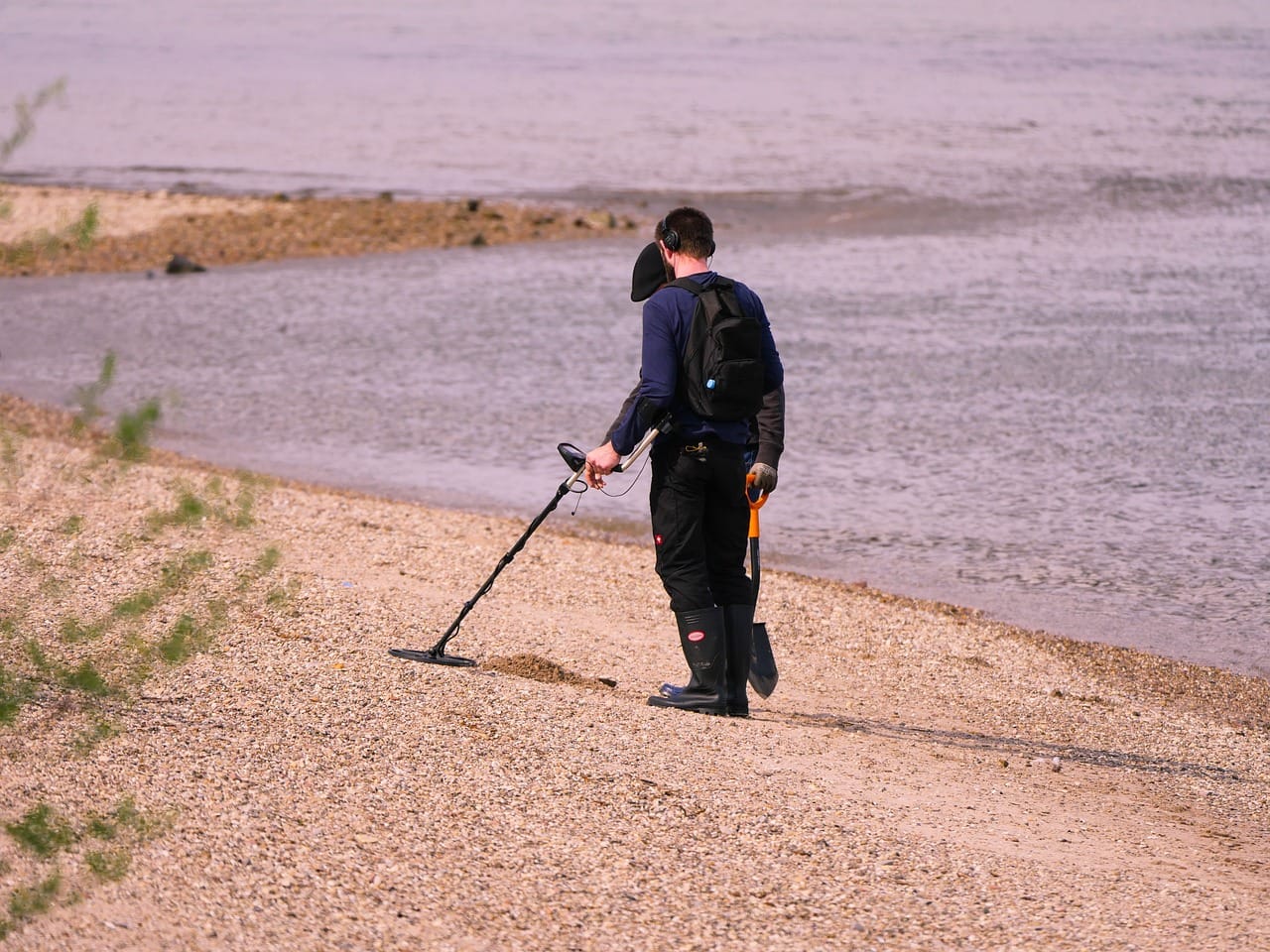
FAQ's
What is the average depth a metal detector can detect?
The average depth for most metal detectors ranges from a few inches to several feet, depending on the factors discussed, such as the size of the object, ground conditions, and detector technology.
Can metal detectors find gold at great depths?
Yes, specialized gold detectors with higher sensitivity and suitable frequencies can detect gold at greater depths, especially larger nuggets. However, the depth will still be influenced by the surrounding ground conditions.
Are there metal detectors that can detect objects several meters deep?
Yes, deep seeking metal detectors and two box detectors are designed to locate large objects at depths of several meters, but their effectiveness can vary based on the factors mentioned in this article.
How deep can a typical metal detector detect objects?
The detection depth of a metal detector depends on various factors, including the type of metal, soil conditions, and the detector's technology. On average, entry-level detectors can reach depths of 6-8 inches, while advanced models may go beyond 12 inches.
What role do soil conditions play in metal detector depth?
Soil composition is crucial in determining detection depth. Highly mineralized or conductive soils can impede signals, limiting depth. Dry, non-mineralized soil generally allows for deeper detection compared to wet or mineral-rich ground.
Are there ways to enhance the detection depth of a metal detector?
Yes, several techniques can optimize detection depth. Using a lower frequency setting can penetrate deeper, but it may sacrifice sensitivity to smaller objects. Additionally, using a larger search coil and ground balancing the detector to match soil conditions can enhance overall performance and depth.

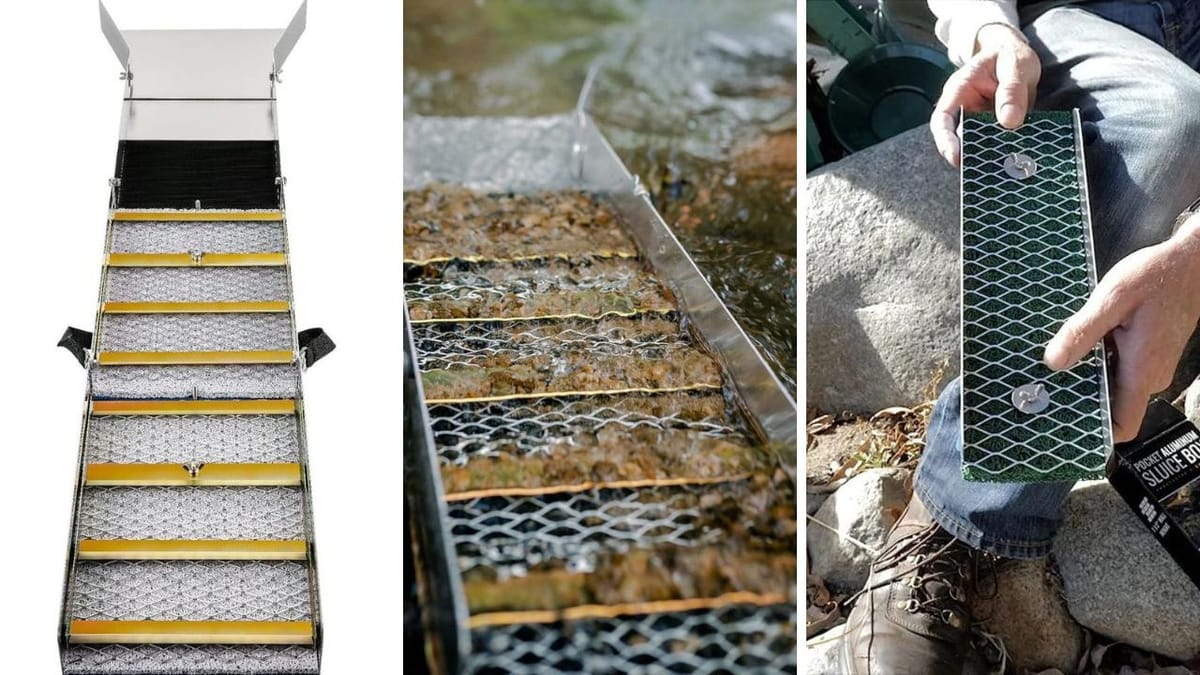






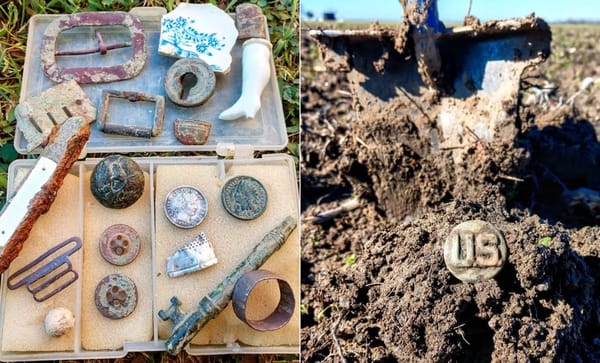
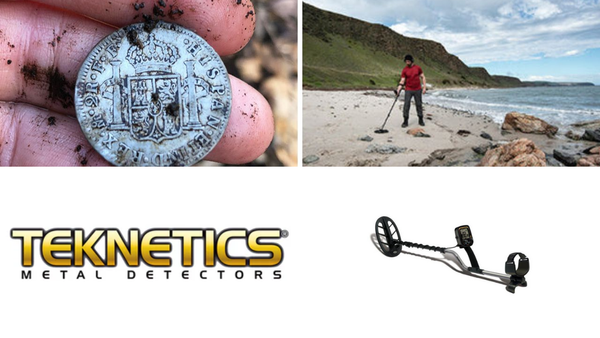
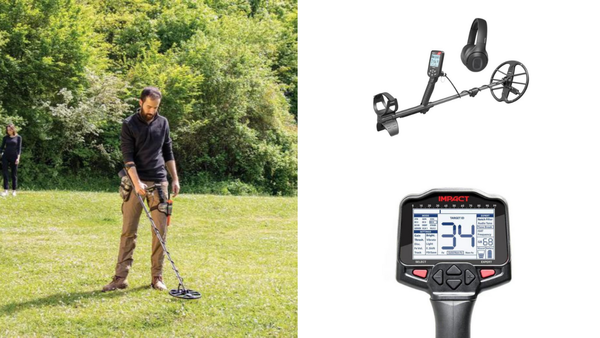
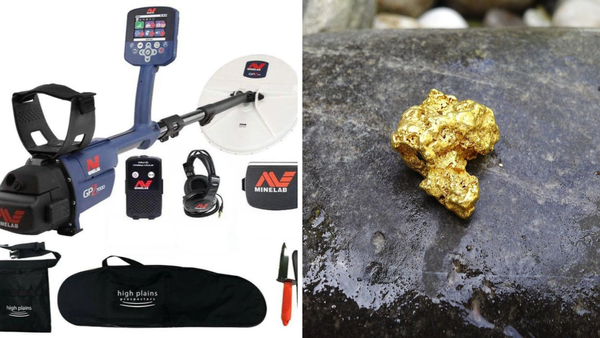
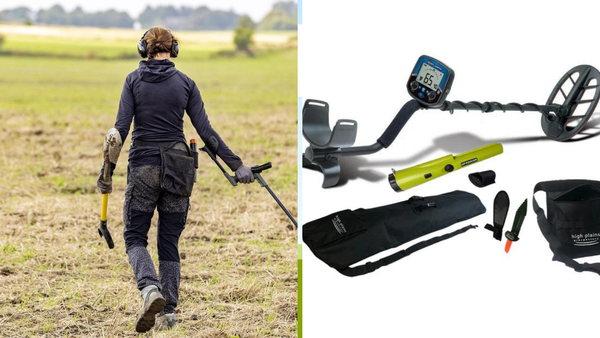
Member discussion